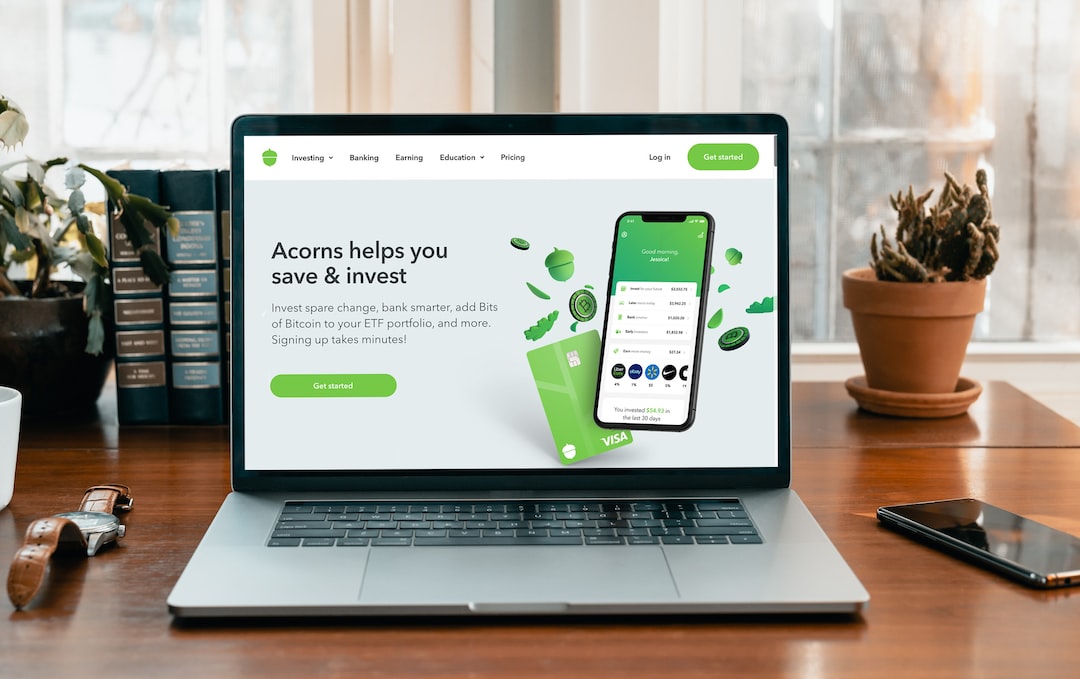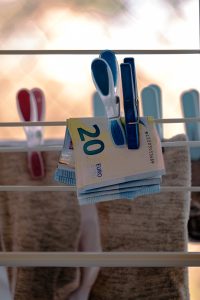Forex trading is a popular way to invest money and make a profit. One important aspect of forex trading is determining your lot size, which refers to the amount of currency you are trading. Lot size can affect your trading strategy, risk management, and potential profits. In this article, we will explain how to find what your lot size should be in forex.
What is a lot size in forex?
In forex trading, a lot refers to the standardized amount of currency that is traded. The size of a lot can vary depending on the currency pair being traded and the broker used. Lot sizes are typically measured in units of 1,000, 10,000, or 100,000 currency units.
For example, if you are trading EUR/USD and the lot size is 10,000 units, that means you are trading 10,000 euros. The lot size is important because it determines how much of a currency you are buying or selling. It also affects the margin requirements and the potential profit or loss of the trade.
How to determine your lot size in forex?
There are several factors to consider when determining your lot size in forex:
1. Account balance
Your account balance is the amount of money you have available to trade. The lot size you choose should be based on your account balance and the amount of risk you are willing to take. Generally, it is recommended to risk no more than 1-2% of your account balance per trade.
For example, if you have an account balance of $10,000 and you are willing to risk 2% per trade, that means you can risk $200 per trade. Based on the currency pair you are trading, you can calculate the lot size that corresponds to that amount of risk.
2. Risk management
Managing risk is crucial in forex trading. You should determine your lot size based on your risk management strategy. This includes setting stop-loss orders and taking profit targets.
Stop-loss orders are used to limit your losses if the trade goes against you. Taking profit targets are used to exit the trade when you have reached your desired profit level. The lot size you choose should be based on your stop-loss and take-profit levels.
For example, if you are trading EUR/USD and your stop-loss is 50 pips and your take-profit is 100 pips, you can calculate the lot size based on the amount of money you are willing to risk.
3. Currency pair volatility
Currency pair volatility is a measure of how much the price of a currency pair fluctuates over time. More volatile currency pairs have larger price movements, which can result in larger profits or losses.
The lot size you choose should be based on the volatility of the currency pair you are trading. More volatile currency pairs may require a smaller lot size to manage risk, while less volatile currency pairs may allow for a larger lot size.
4. Trading strategy
Your trading strategy should also play a role in determining your lot size. Some trading strategies may require a smaller lot size to manage risk, while others may allow for a larger lot size.
For example, if you are using a scalping strategy where you enter and exit trades quickly, you may need a smaller lot size to manage risk. On the other hand, if you are using a swing trading strategy where you hold trades for several days, you may be able to use a larger lot size.
Conclusion
Determining your lot size in forex is an important aspect of risk management and profitability. The lot size you choose should be based on your account balance, risk management strategy, currency pair volatility, and trading strategy. By considering these factors, you can find the lot size that best suits your trading style and risk tolerance.





